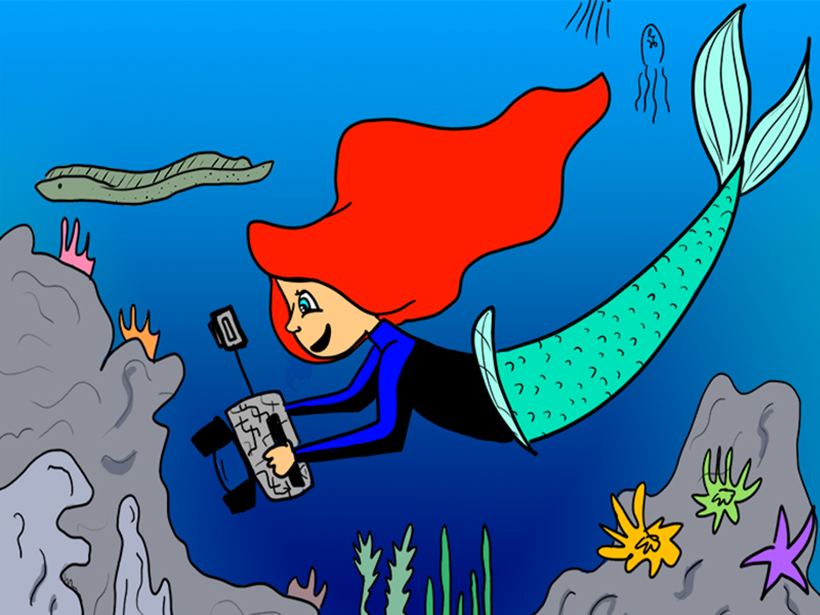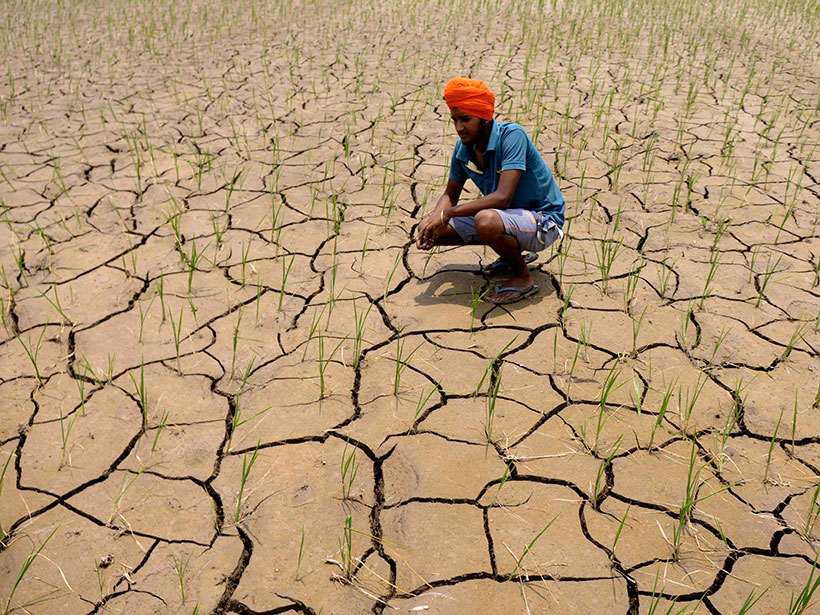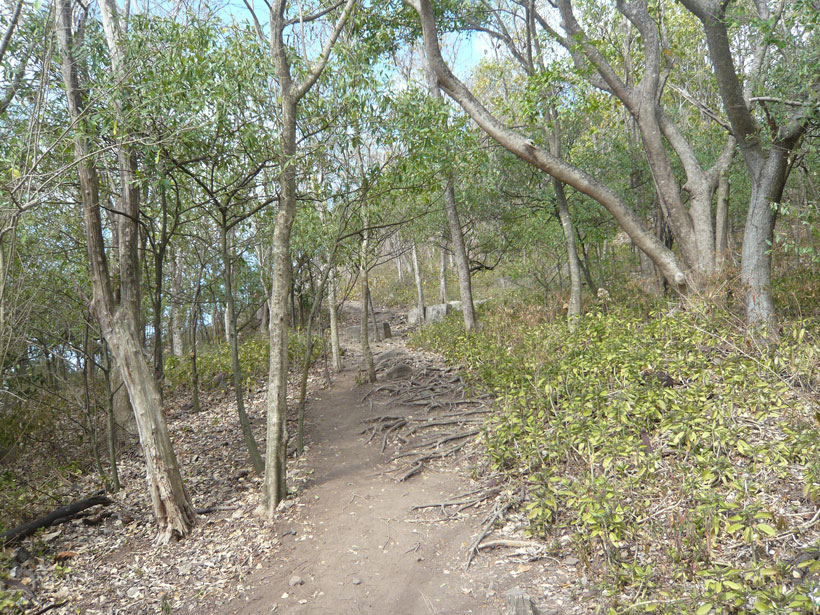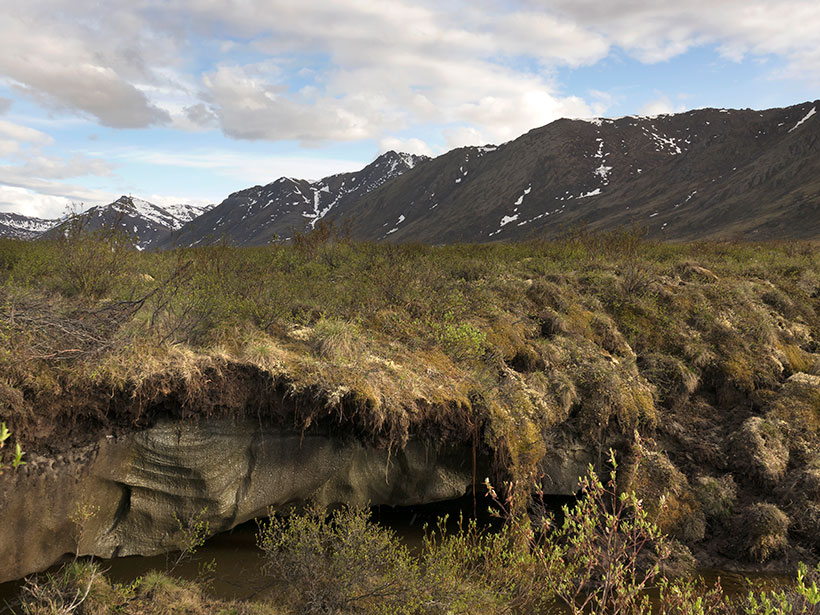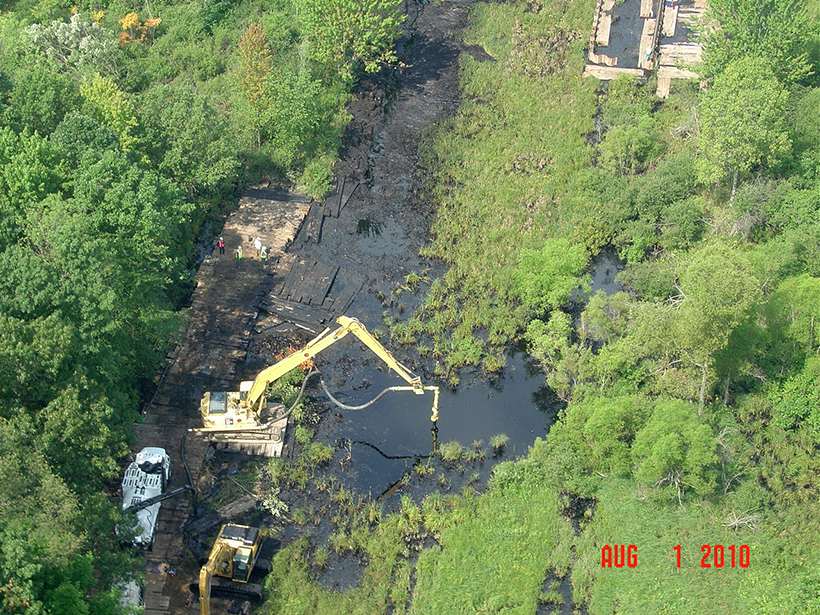Bienvenidos a un universo alternativo donde el felices por siempre incluye una dedicación al método científico.
Eos en Español
La comprensión de nuestro medio ambiente requiere una cosmovisión indígena
A medida que las comunidades de geociencias y de creación de políticas comienzan a reconocer la importancia de incluir el conocimiento indígena en su trabajo, debemos darle el valor adecuado con tiempo y financiación equitativos.
La región agrícola más importante de la India se está desertificando
El cultivo de arroz consume más agua de la que el Punjab puede recargar. Si continúan las tasas de riego actuales, el estado vaciará sus reservas de agua subterránea dentro de 20 años.
Cómo convertir nuestras ciudades en Treetopias
Estamos y seguiremos plantando más árboles callejeros, arboledas urbanas y cúmulos informales de árboles en nuestros parques y espacios verdes. La Treetopia ha comenzado.
Empeora la Crisis Hídrica en el Caribe Oriental
Científicos, políticos y pobladores temen que la actual escasez de agua y los largos períodos de sequía puedan empeorar a medida que cambie el clima y que el Acuerdo de París se haya quedado corto.
Experimentos Revelan Cómo el Carbono del Permafrost se Convierte en Dióxido de Carbono
Muestras de campo provenientes de Alaska muestran cómo la luz solar y el hierro convierten el carbono del permafrost en dióxido de carbono. Los modelos climáticos ignoran este proceso.
El Zooplancton Gelatinoso Transfiere Una Cantidad Significativa de Carbono a las Profundidades del Océano
Un nuevo estudio muestra que las medusas y las salpas marinas no reciben el crédito que merecen por su papel en el ciclo del carbono en el océano.
La Geología y la Química Impulsan la Migración Animal en el Serengueti
Trabajo de campo en Tanzania sugiere que la química del suelo—influenciada por el vulcanismo local y la actividad tectónica—podría ayudar a determinar la migración sin precedentes de más de un millón de ñus.
El Oleoducto Keystone Derrama 9,120 Barriles de Petróleo en los Humedales de Dakota
La fuga tuvo lugar en una sección pre-existente del oleoducto Keystone. Este es el cuarto derrame del oleoducto en 9 años.
Geociencias Comprometidas con la Justicia Racial. Ahora Tenemos Trabajo que Hacer
Quedarse callado es volverse cómplice de nuestra propia destrucción porque el racismo nos destruye a todos. Pero no quedarse callado implica más que hacer declaraciones. También está el silencio colectivo de no hacer nada. —No Time For Silence

